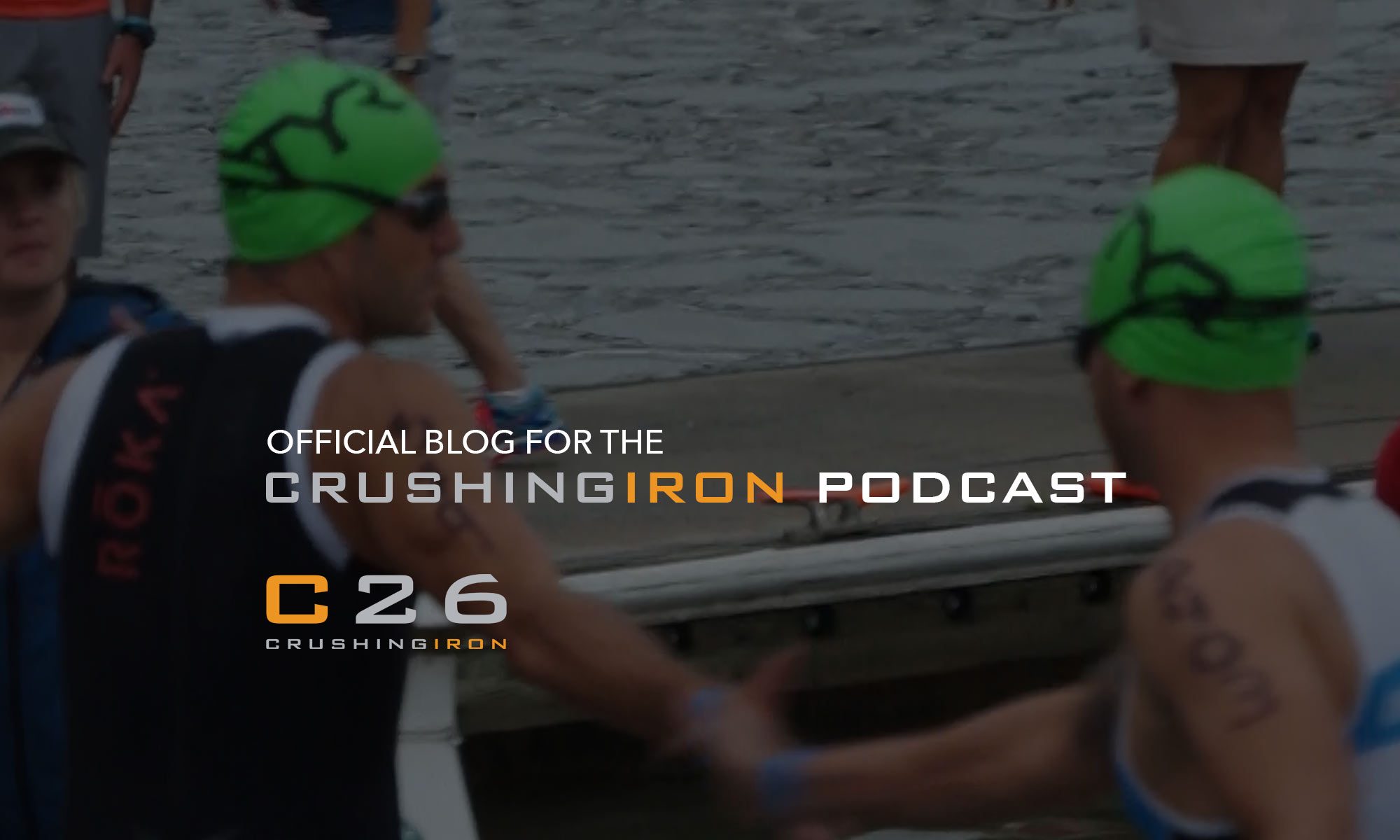By Coach Robbie
[email protected]
I have been strictly focused on training for the Leadville Trail 100 for about 10 full weeks now. I originally had this blog post tagged for just a typical update. Leadville this. Leadville that. Why I cannot understand everyone’s obsession with running in a flat bill trucker hat…. etc. The fact of the matter is, the only real “update” I have is that I have just been doing a ton of running. 🙂 My typical week has had 2 “recovery” runs, 2 quality sessions split between speed and hill work with 1 long run per week. I have also committed to serious strength training and injury prevention sessions to compliment my running. Ultimately what this blog is going to be about is how I was able to take off over 1:30 in my 5k in just 10 weeks by doing the old “long slow training.” I have included a lot of data/graphs/charts to hopefully better explain how I was able to achieve this. It is a lengthier blog so I put this carrot at the front in hopes you will read the entire article and apply it to your training.
Test results (10 week span)
Jan 10 – 5k test – 20:58 (6:46 pace) Avg HR – 178 , Max 185
Mar 13 – 5k Test – 19:22 (6:15 pace) Avg HR – 174, Max 184
If you have listened to our podcast called “Running slow to get faster” (embedded below) you already know why I am such a huge fan of this approach. It might not be “fancy” and FB worthy every day but it works and getting faster is the only thing I am concerned with. The chart below will show you some good data on how I have sprinkled in my runs the last 90 days. Even before signing up for Leadville and doing my initial 5k run test I was already accumulating some pretty good frequency. As shown in the chart you can see that outside of a few “recovery” gaps my runs have all stayed quite frequent but have just gotten longer in both duration and time. Before taking my first big recovery cycle this last week I had built up to a long run duration of 2:40 and a long run distance of 19 miles. You will see in the early March block that immediately preceded my recovery cycle I had 2 really long runs fairly close together. For the record, I do not recommend placing them so close together but I gambled and did it because of family obligations that weekend. I ended up accumulating a little over 54 miles in a 5 day span so my recovery block was a welcome rest period.
Overall Run Summary for last 90 days:
Established HR Zones for chart below:
Z1- 118-151 – Recovery
Z2 – 152- 161 – Endurance
Z3- 162 – 170 – Tempo
Z4 – 171- 177 – Threshold
Z5- 178 + – Aerobic Capacity
As you can see I spent the majority of my time in both Zone 1 and 2. To be exact I spent 39.5% in my recovery zone and 43.6% in my endurance zone for a total of 83.1% of overall training. That came out to about 54 hours of the 58 hours I spent running strictly focused on my Z1 and Z2 work.
Established Pace Ranges for chart below:
Z1 – 8:44 and slower – Recovery
Z2 – 7:43-8:43 – Endurance
Z3 -7:10- 7:42 – Tempo
Z4 – 6:46- 7:09 – Threshold
Z5 – 6:45 – faster – Aerobic Capacity 
Again, as you can see here as well, most of my time in pace zones was directed towards Z1 and Z2 totaling about 86.1% of my overall training. There will always be some discrepancy in time allotted to each specific HR and corresponding Pace zone due to wind, temp, terrain, etc.
Ultimately, what I hope you take from the pace/speed graph is that while I was able to go from running a 6:47 to a 6:15 pace for my 5k test I only spent a VERY small percentage of time even below or at threshold (less than 6% under 6:45 pace). In order to run fast, or run FASTER you do NOT need to spend all of your time running fast and doing endless amounts of interval work. Too much fast doesn’t beget fast. FAST BE GETS YOU INJURED! The right dose of easy and endurance running combined with the appropriate amount of speed work can really produce some solid benefits. So far I have been able to perform better, for longer in my endurance runs AND as shown, I am also increasing my top end speed. It is a delicate balance but incredibly important.
Sometimes the hardest thing is to not change when others are changing around you. I made this mistake a few years ago when “high intensity – HIIT” became trendy. Combine that with Strava and Garmin Connect and you have a recipe for disaster. The daily training temptations are always there and it can be hard to convince yourself that running slower is both safe AND beneficial in becoming a faster runner. So next time you are tempted to go out for a home-run workout ask yourself “is it worth it?”
RUNNING SLOW TO GET FAST (Subscribe on iTunes)
